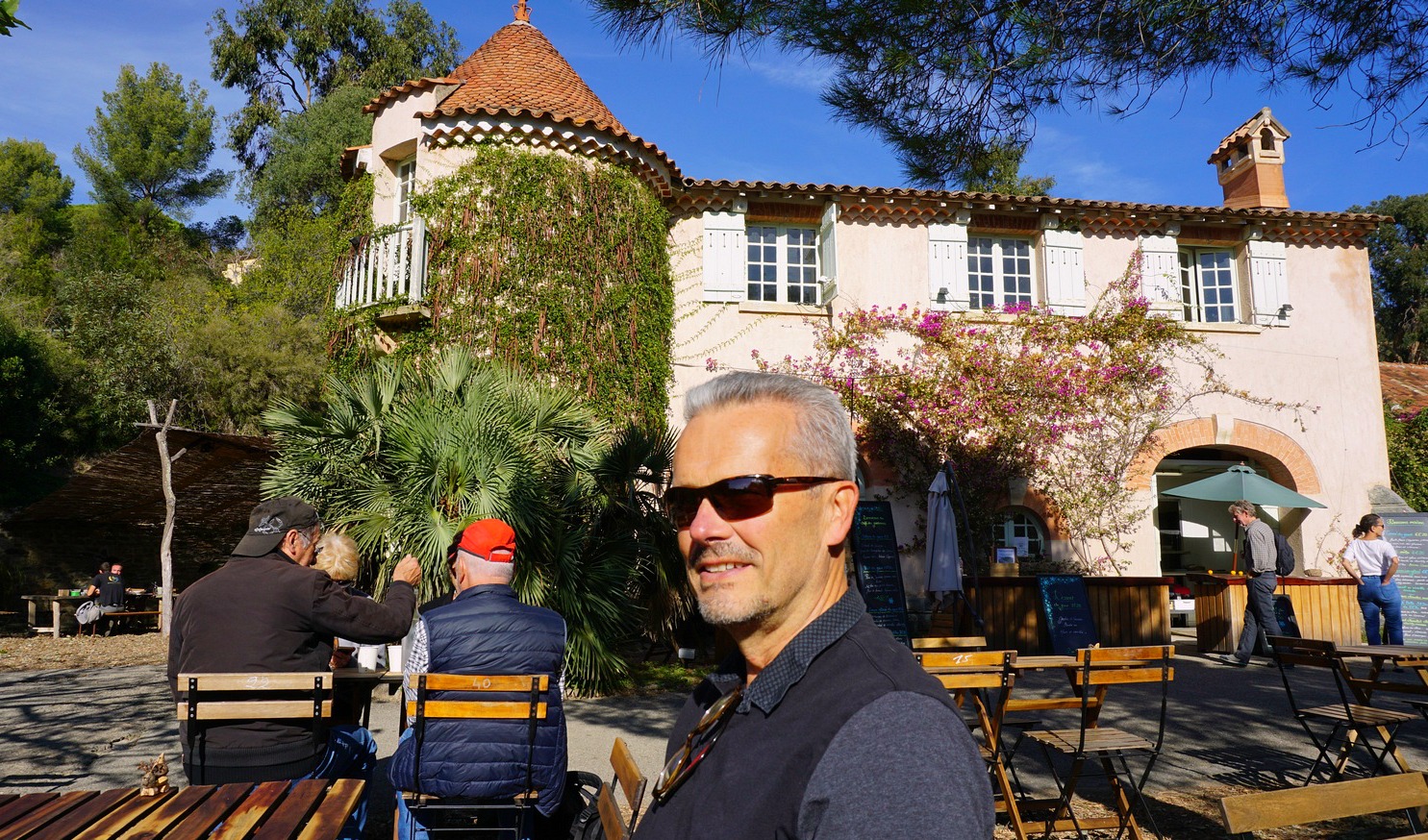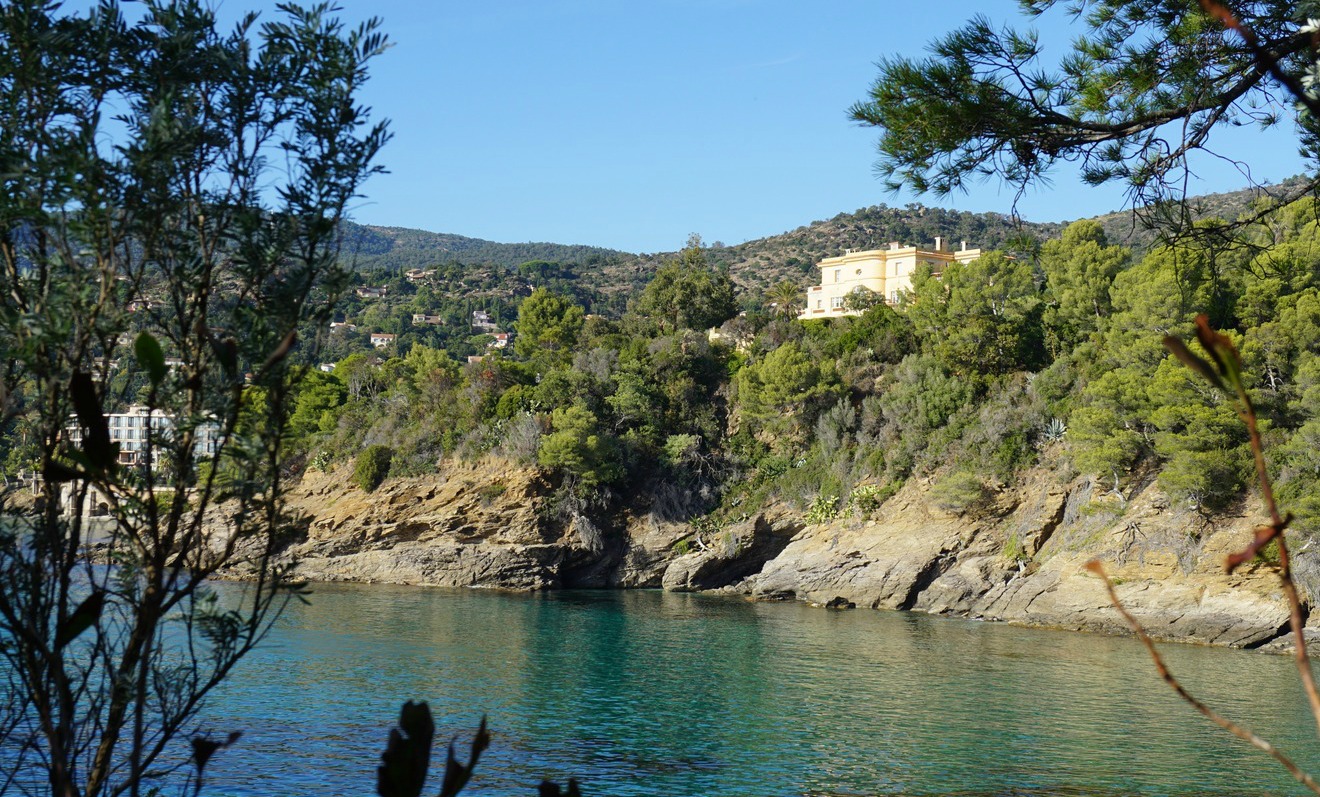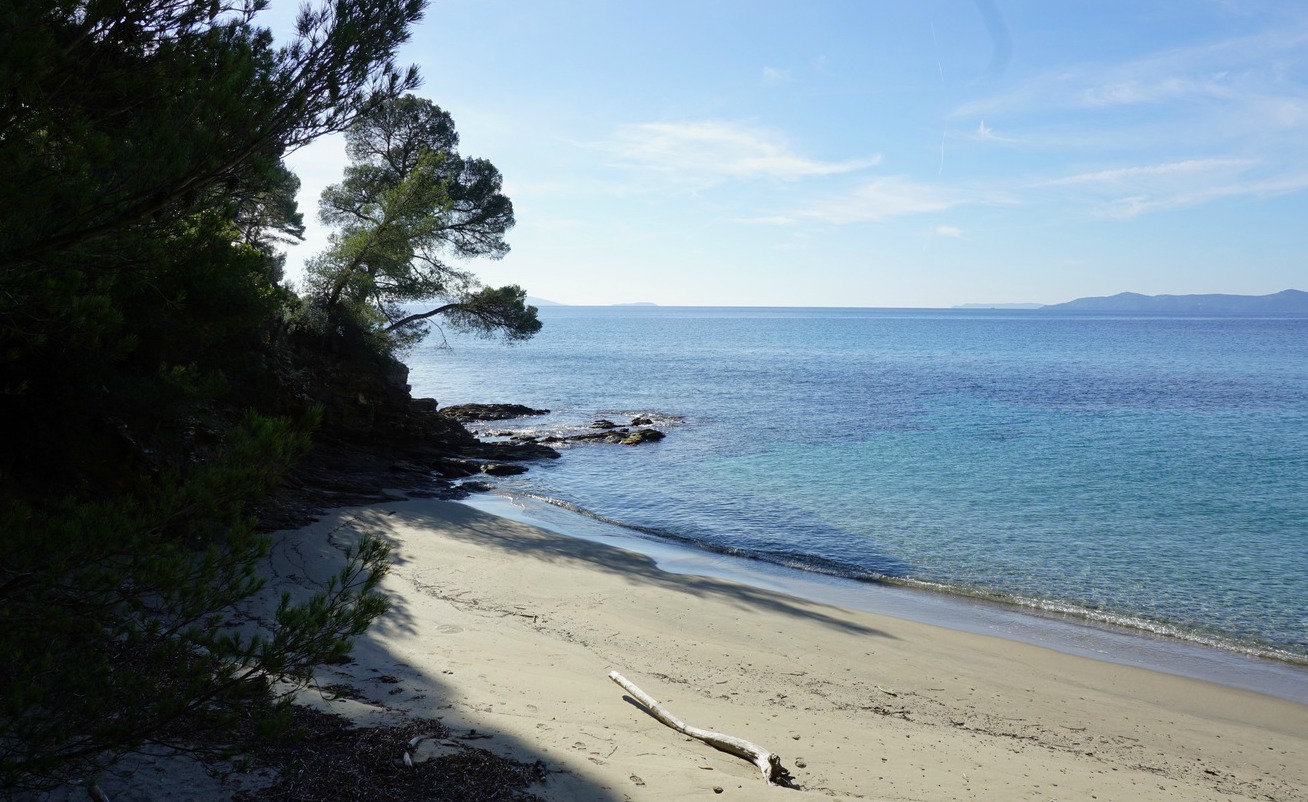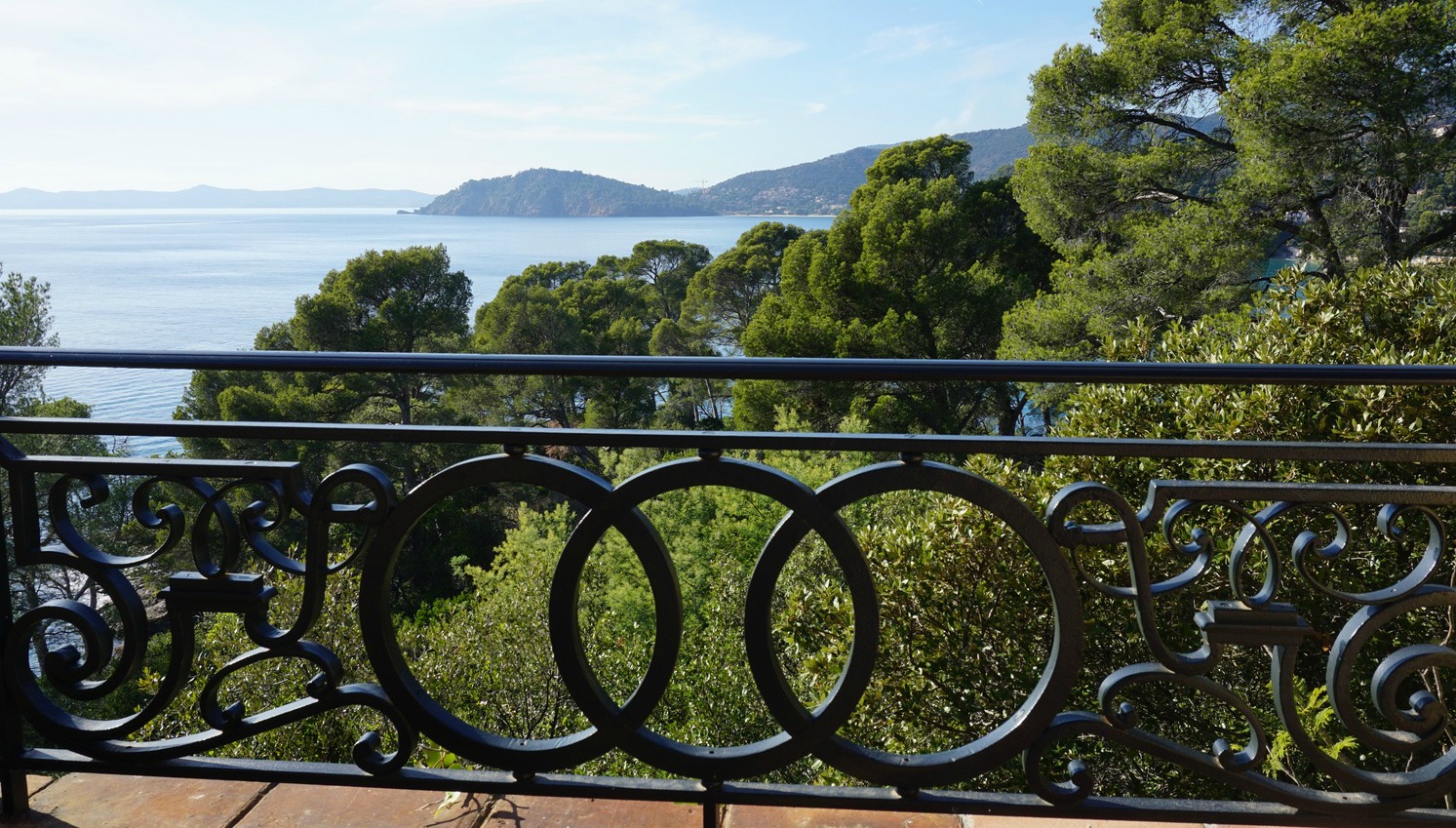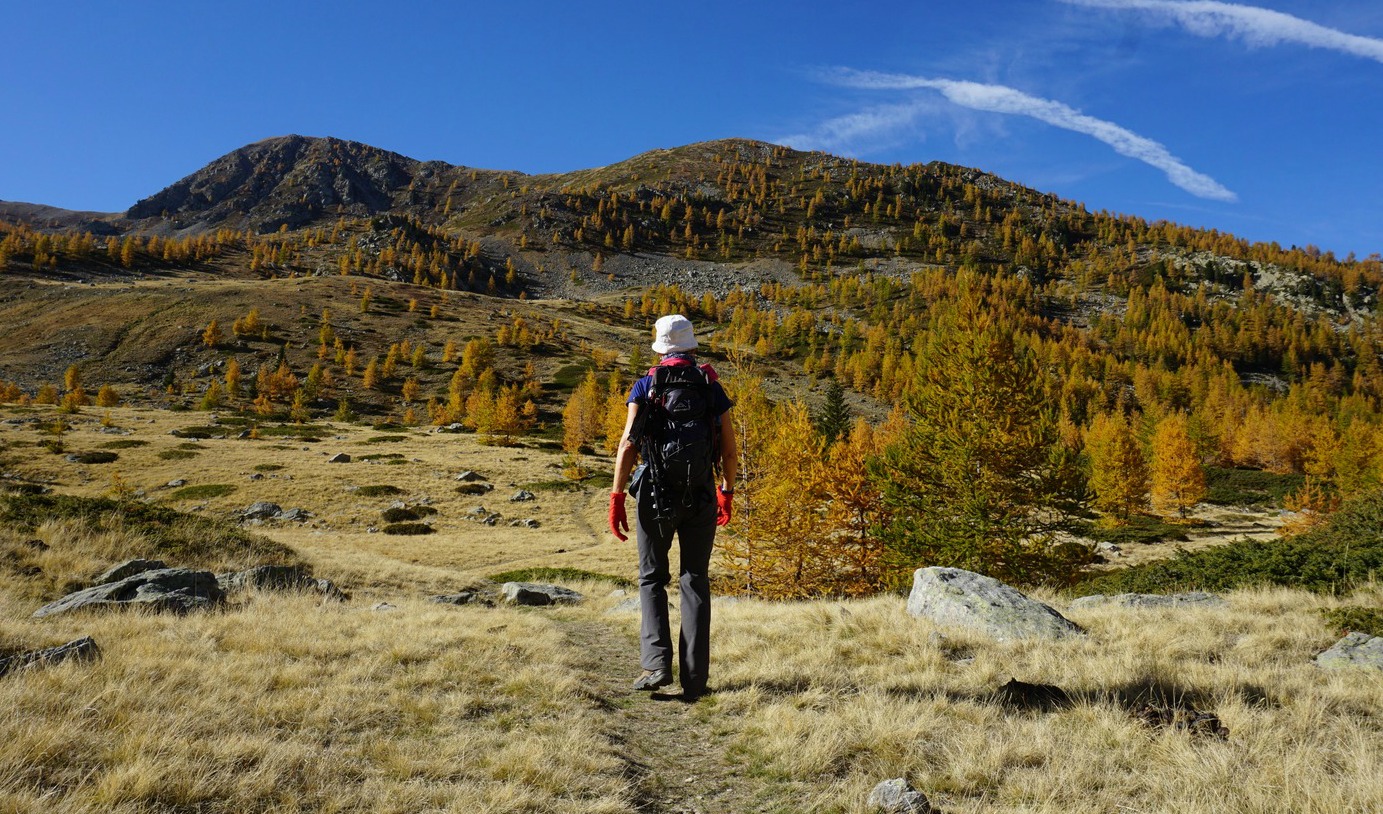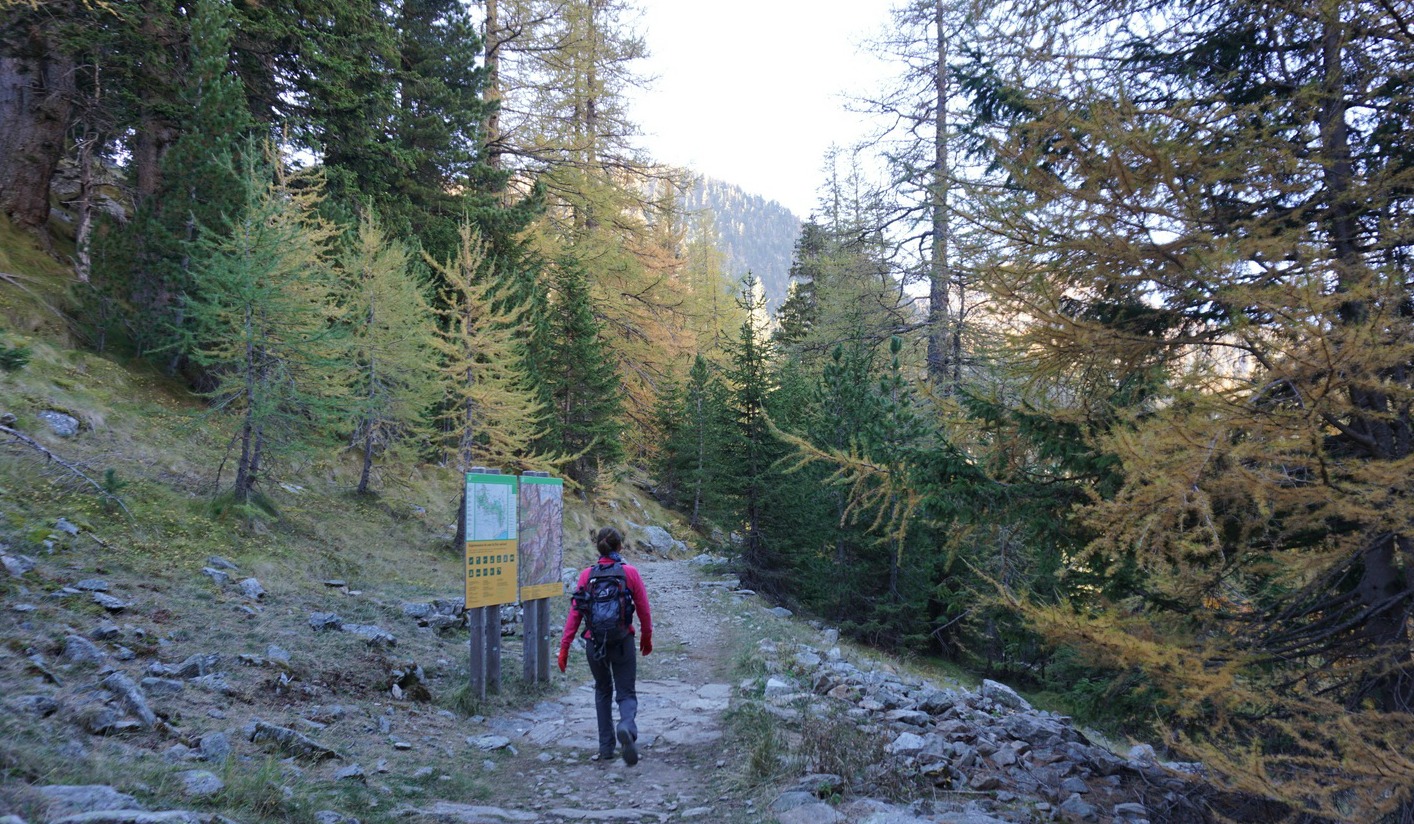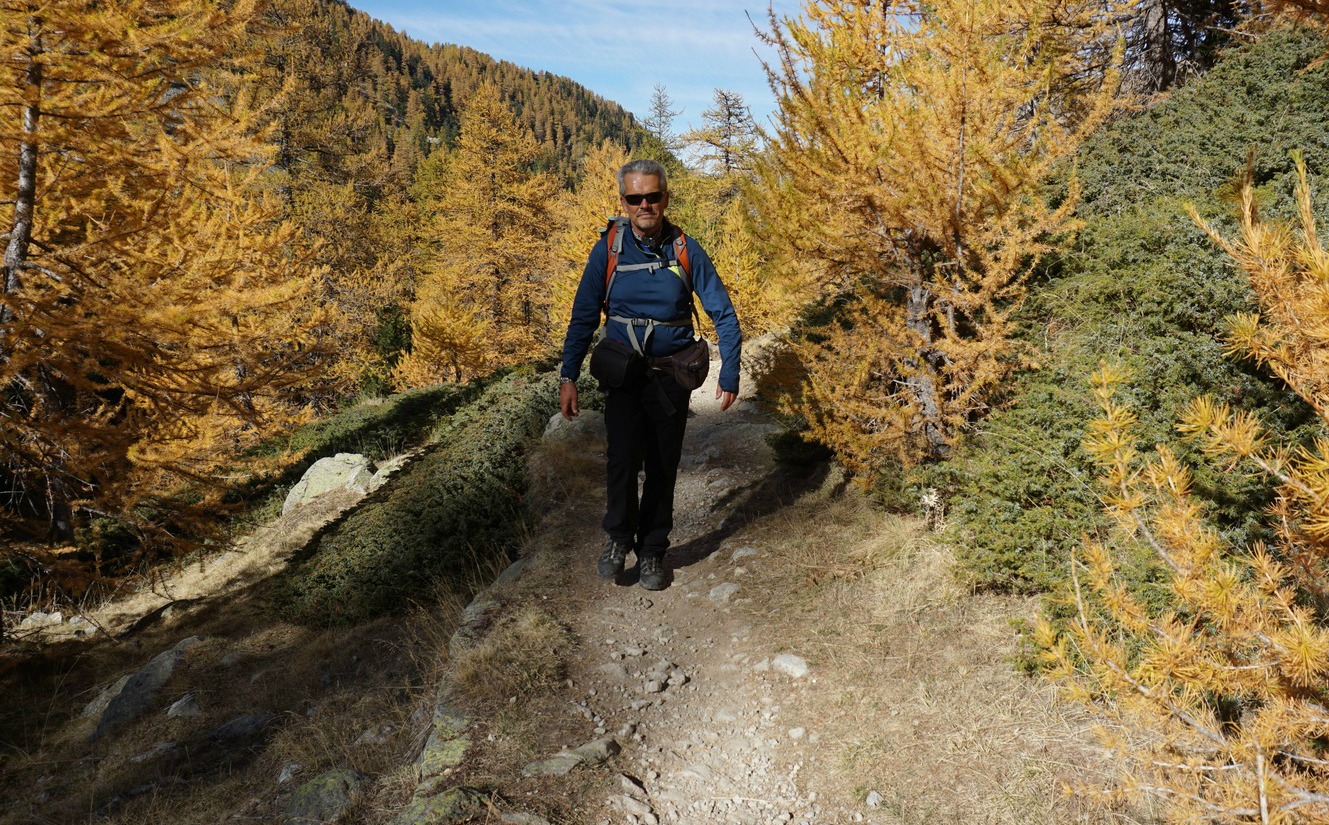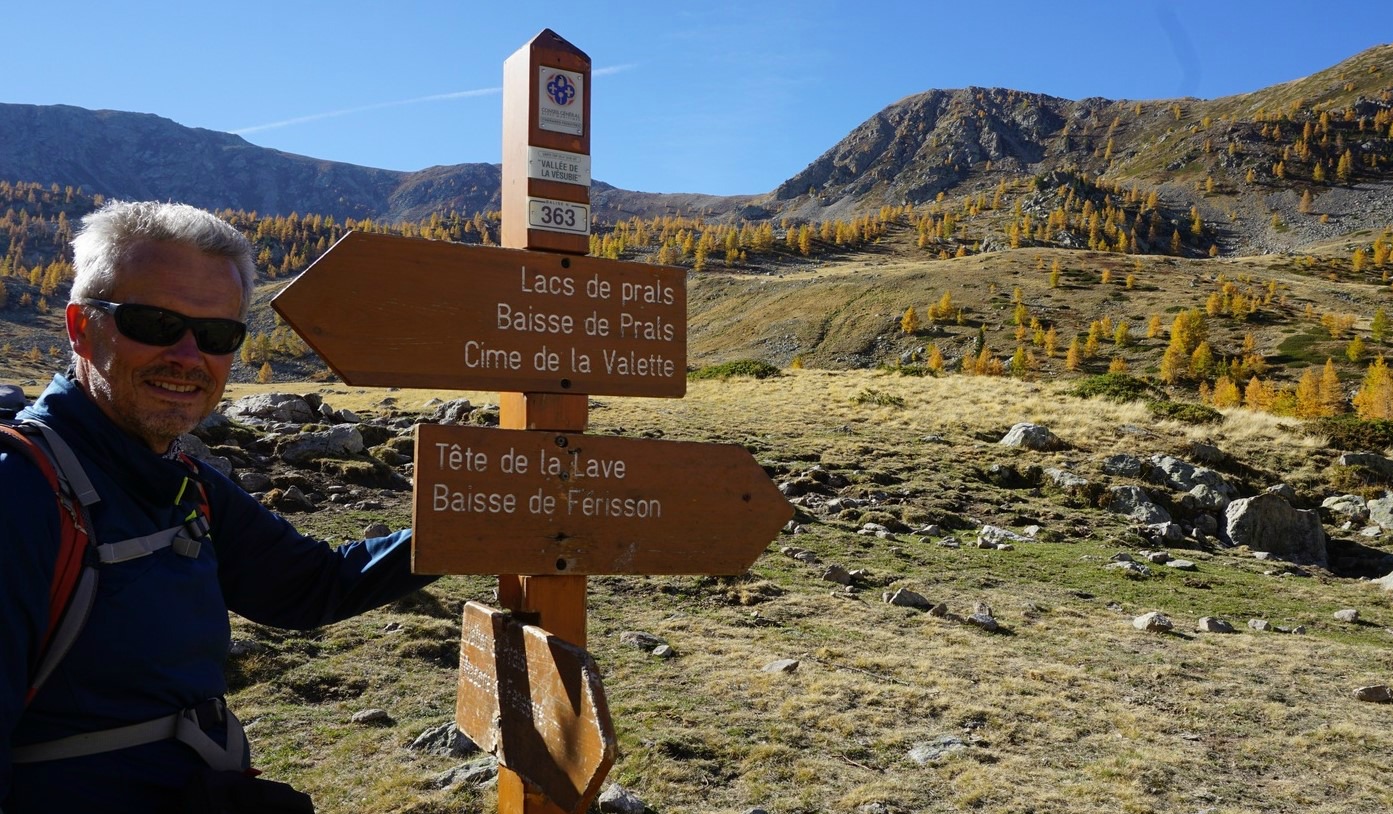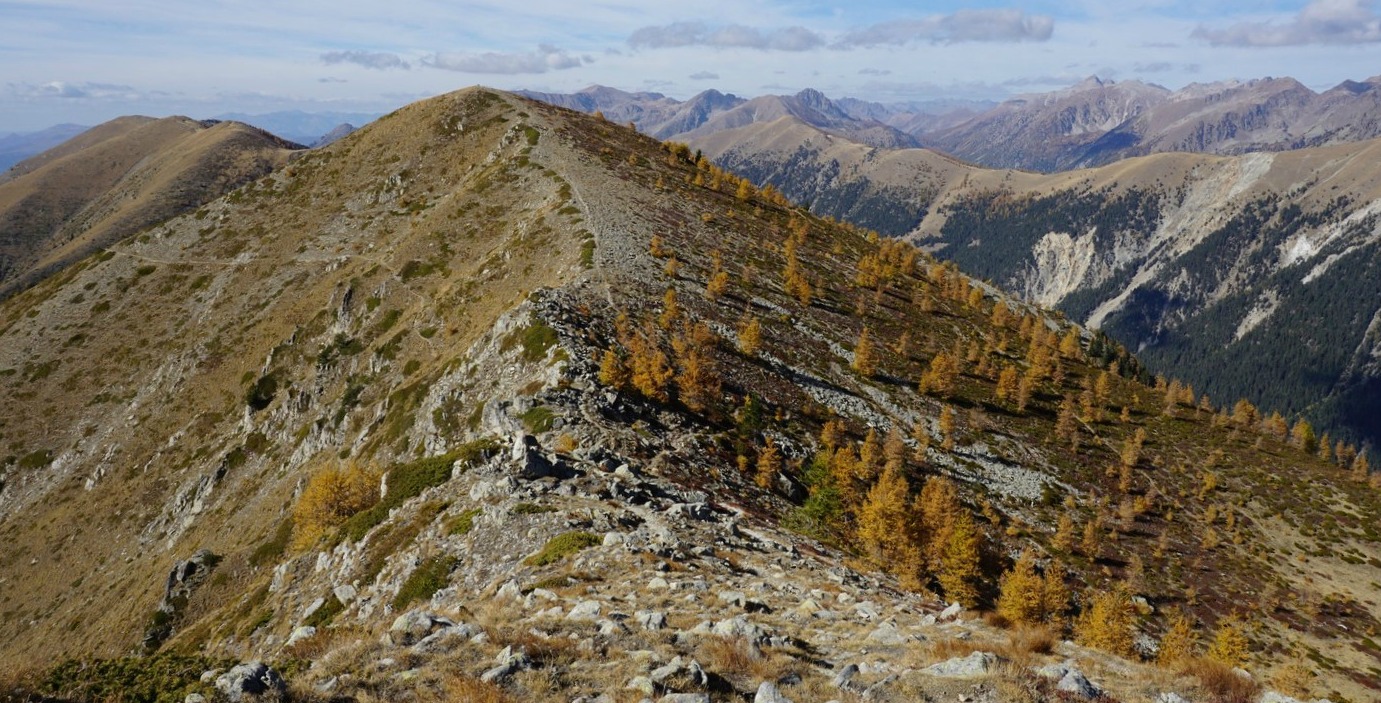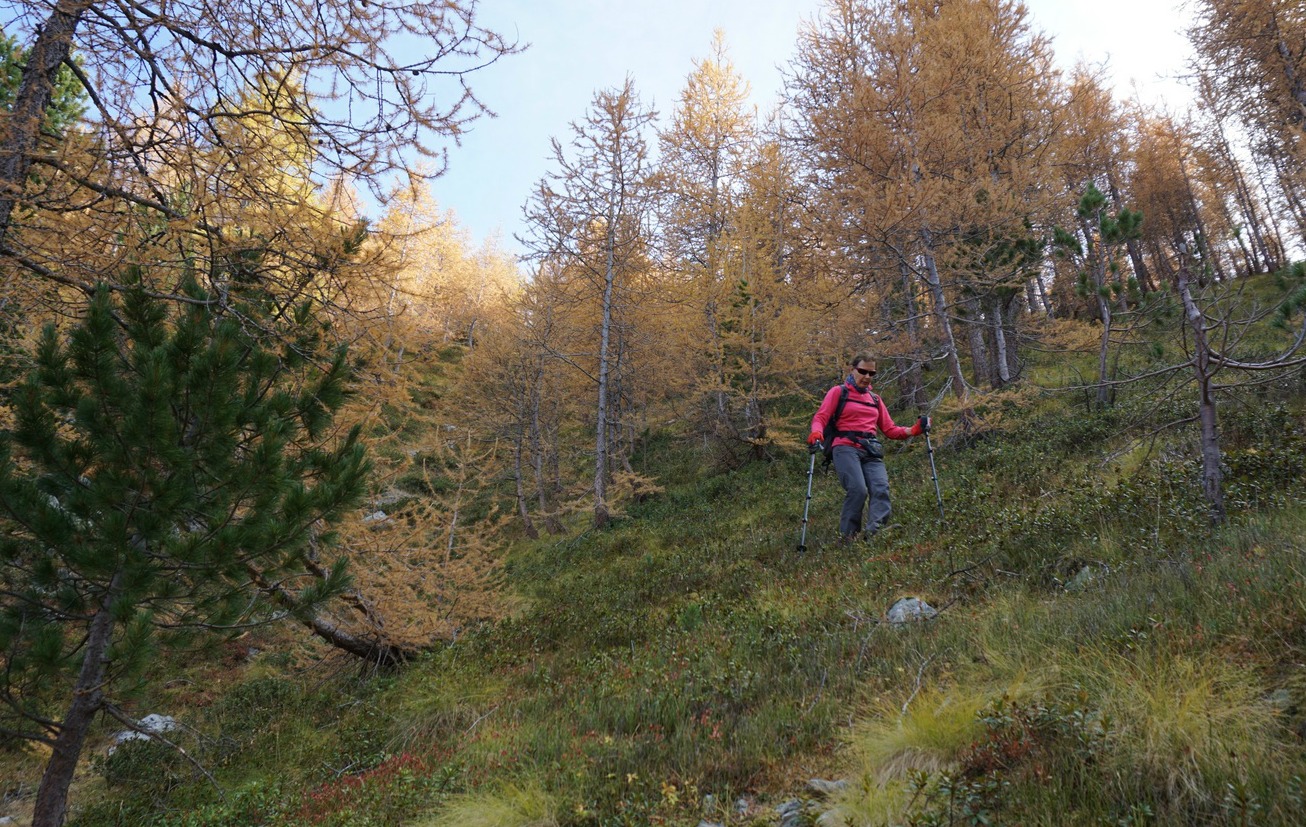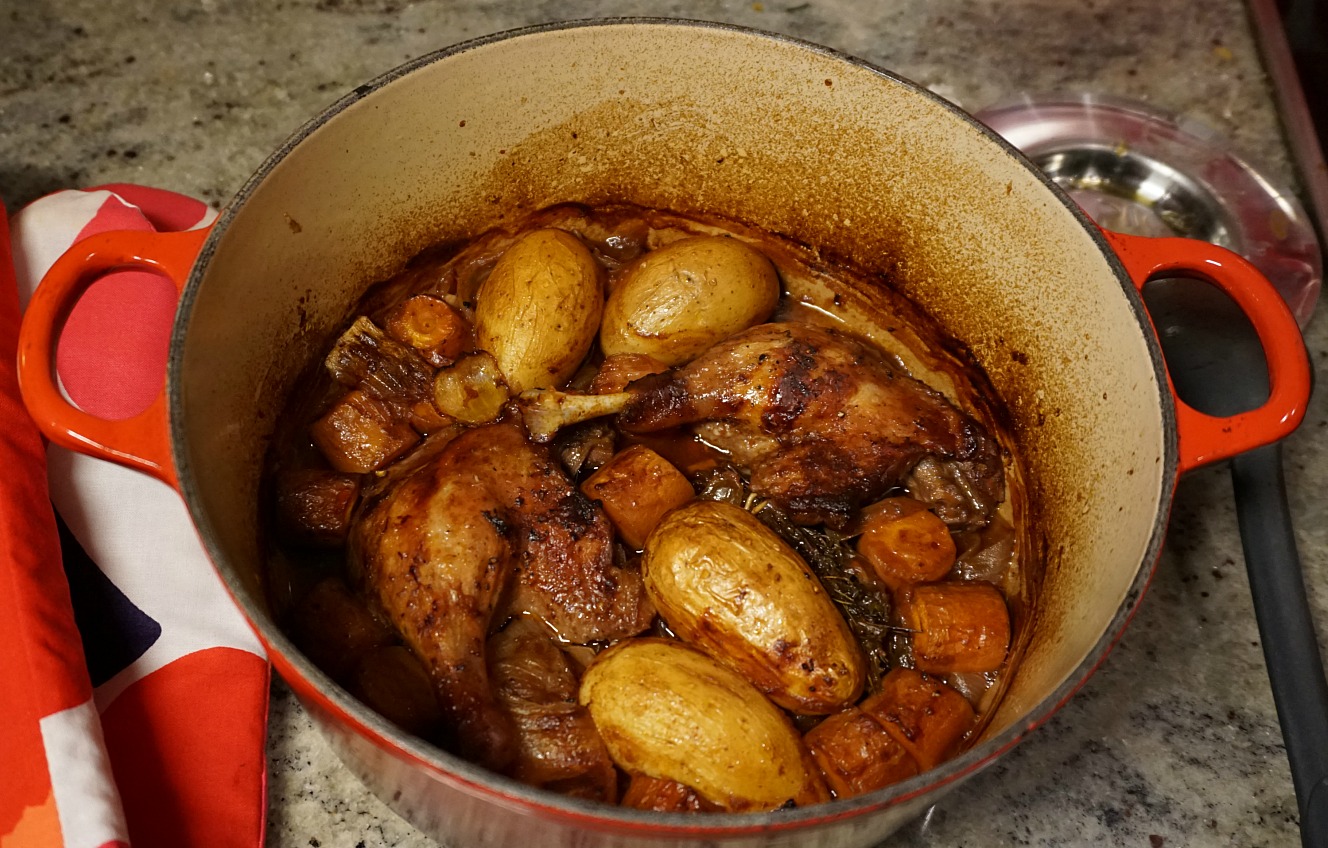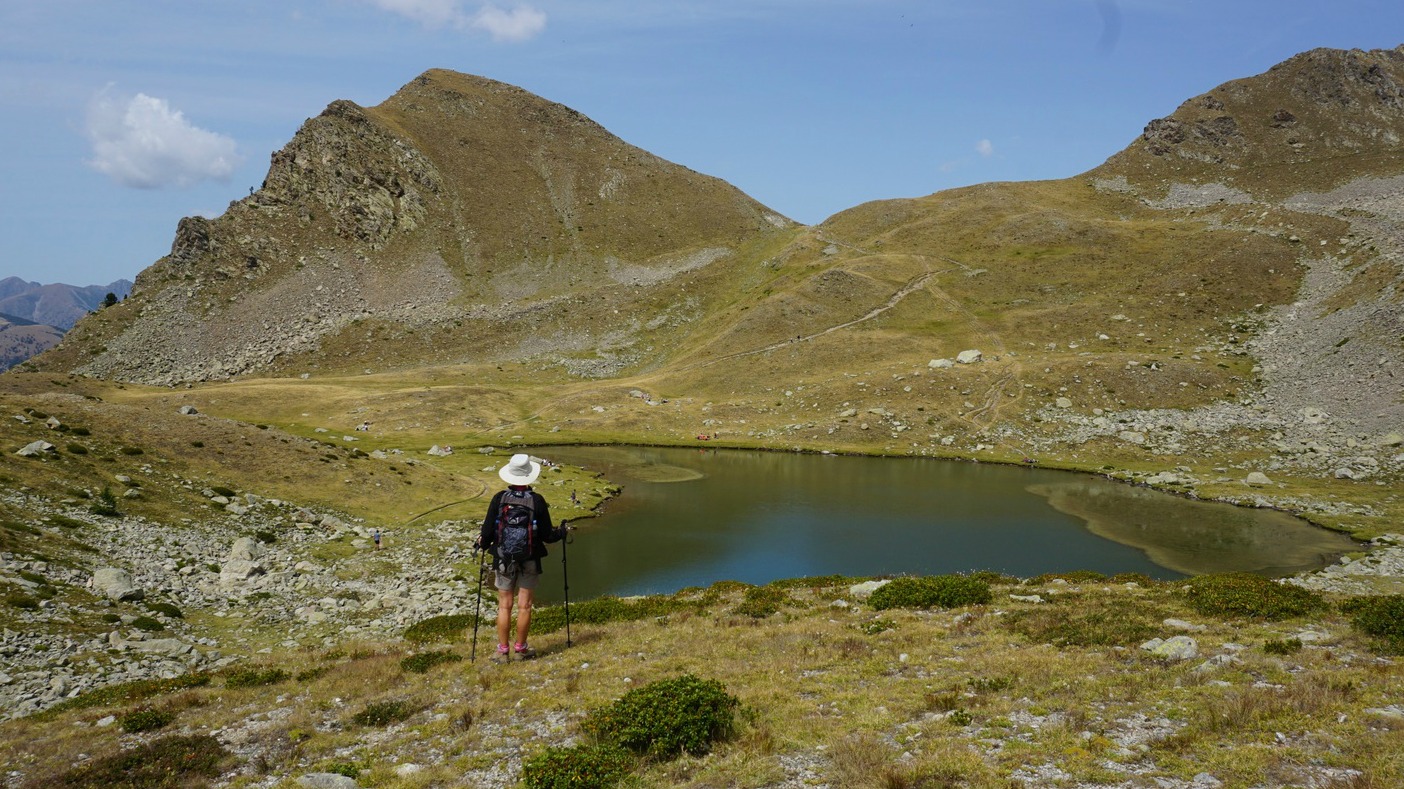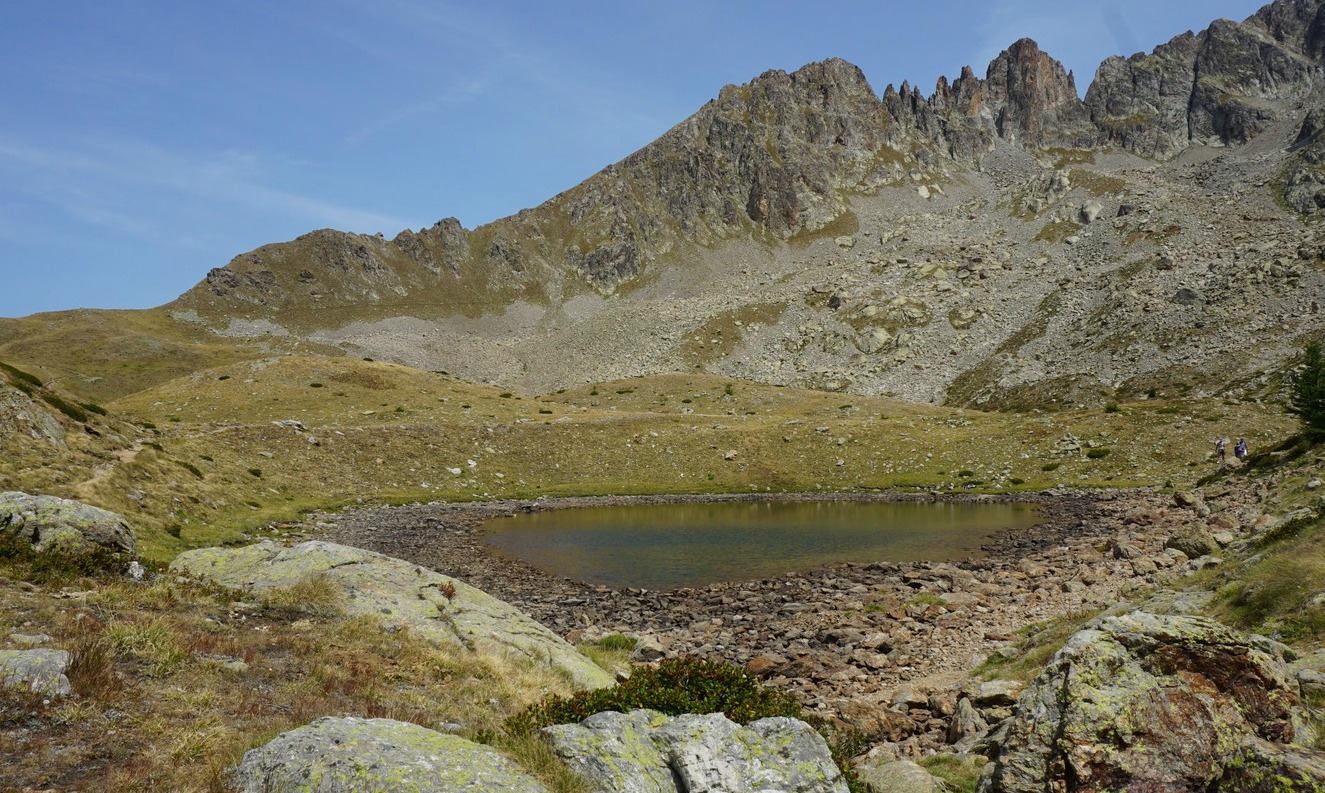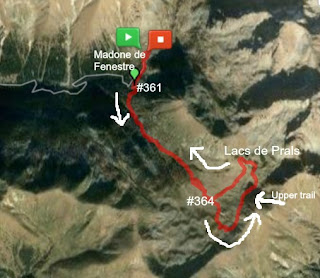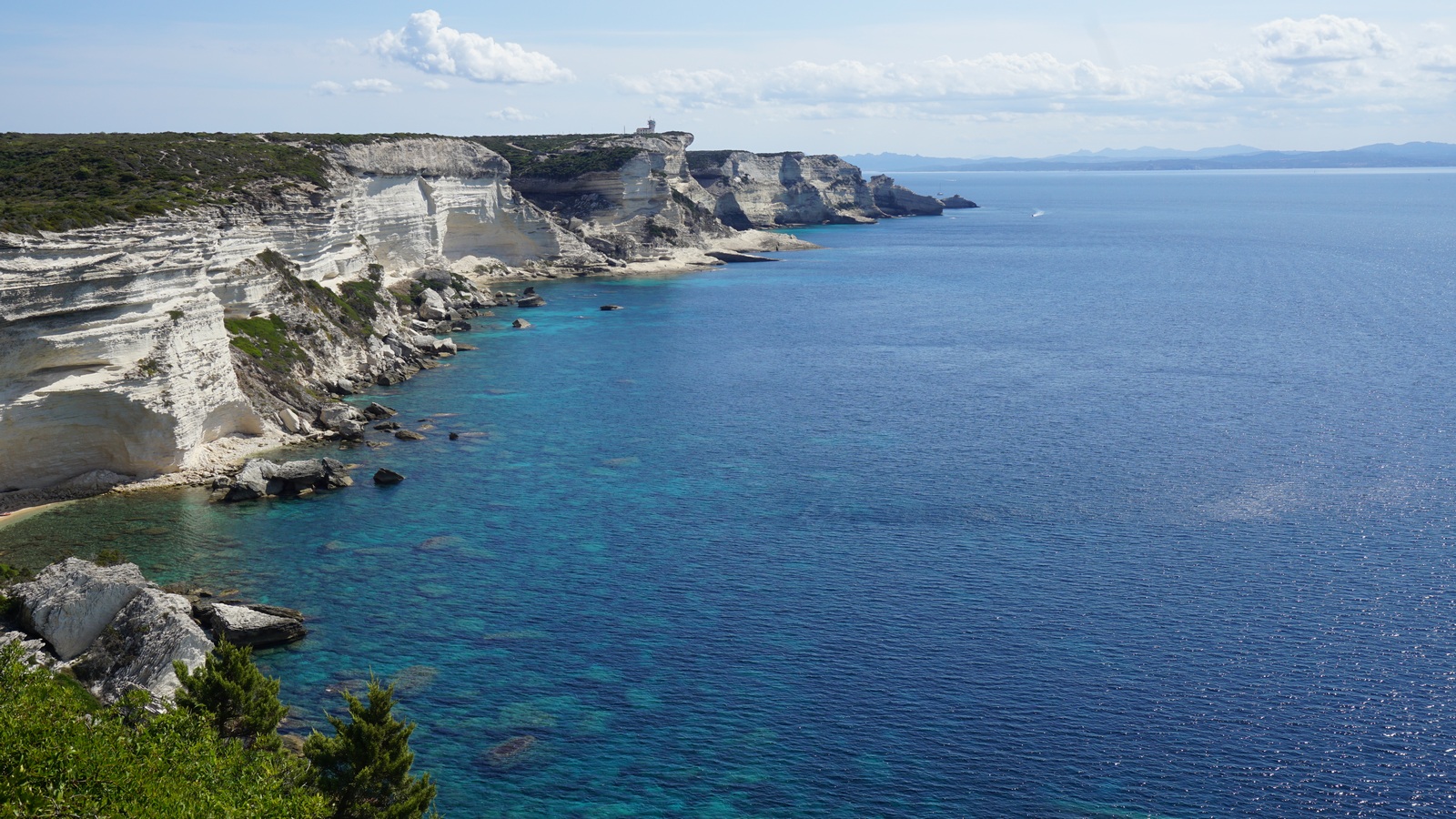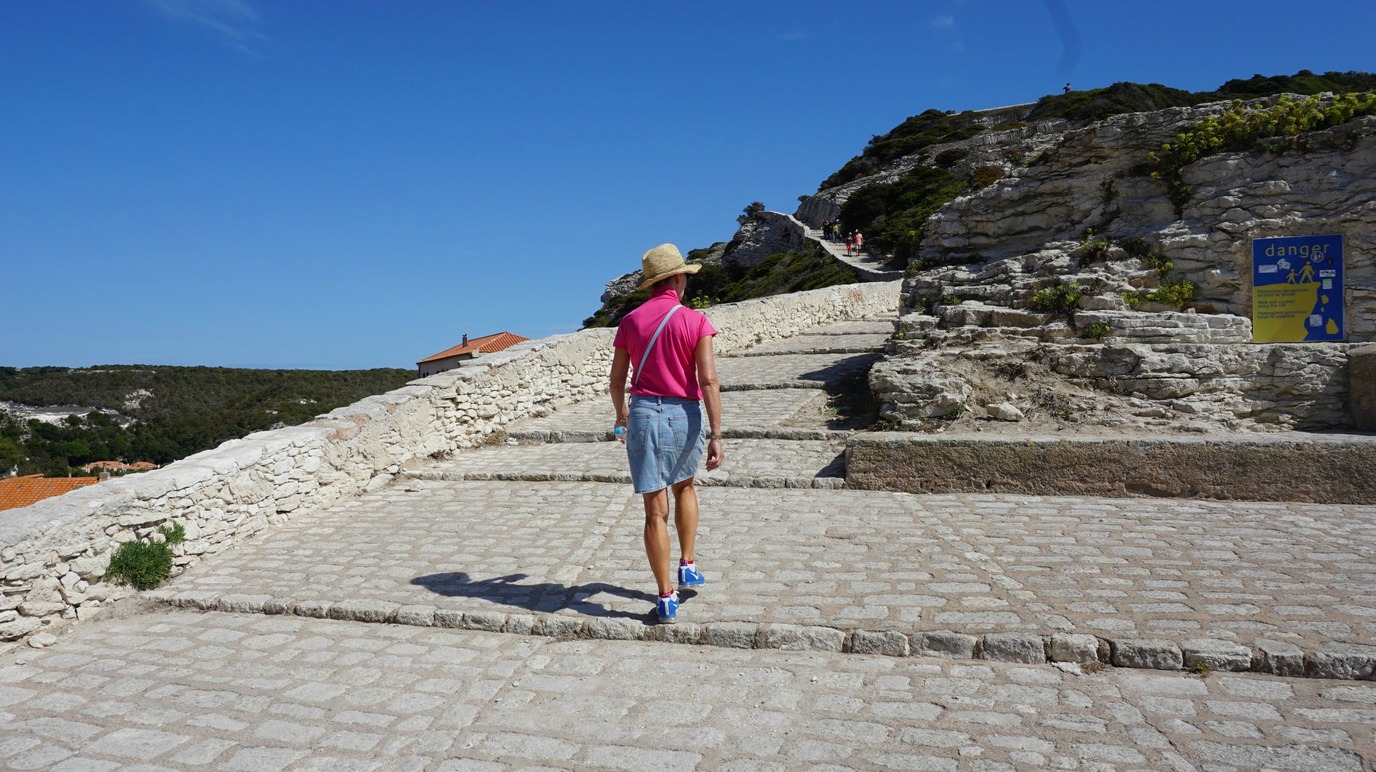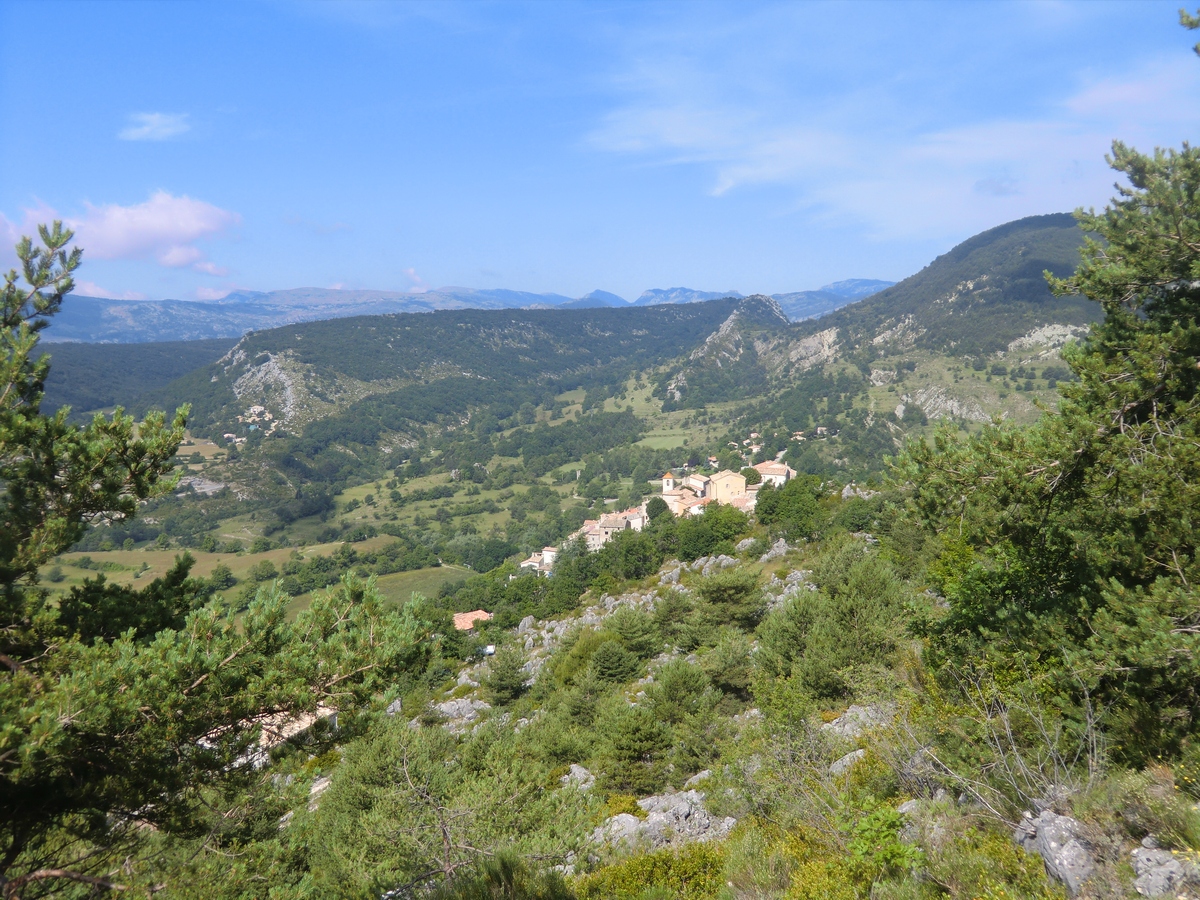Pork simmered with herbs and clementines

In late October or early November, Corsican clementines appear in our supermarket in Nice. We use these seedless delicacies in fruit salads, and they go very well with duck breast or pork.
2 servings
About 300- 350 g pork fillet
6 Corsican clementines or other tasty clementines
1 shallot, chopped
1 clove garlic, minced
1 bouquet garni
2 cm piece of fresh root ginger, peeled and minced
200 ml white wine
200 ml chicken stock
1 tbsp. butter
1 tbsp. olive oil
1 tbsp. flour
1 tbsp. grainy Dijon mustard, moutarde à l’ancienne
Freshly ground black pepper
Parsley
Cut the pork fillet into large chunks, about 4 cm x 4 cm.
In a heavy casserole, cocotte, warm the butter and olive oil over medium heat and fry the pork until golden on all sides. Add the shallot and garlic and continue sautéing for 5 minutes. Add the flour and mix.
Pour the white wine and chicken stock in the casserole. Add the bouquet garni, ginger, black pepper, and mustard. Cover partly and let simmer for about 1 hour. Stir now and again.
When about 10 minutes cooking time remains, peel the clementines, and add to the casserole. Cover and let simmer.
Serve the pork with new potatoes and decorate with chopped parsley.









